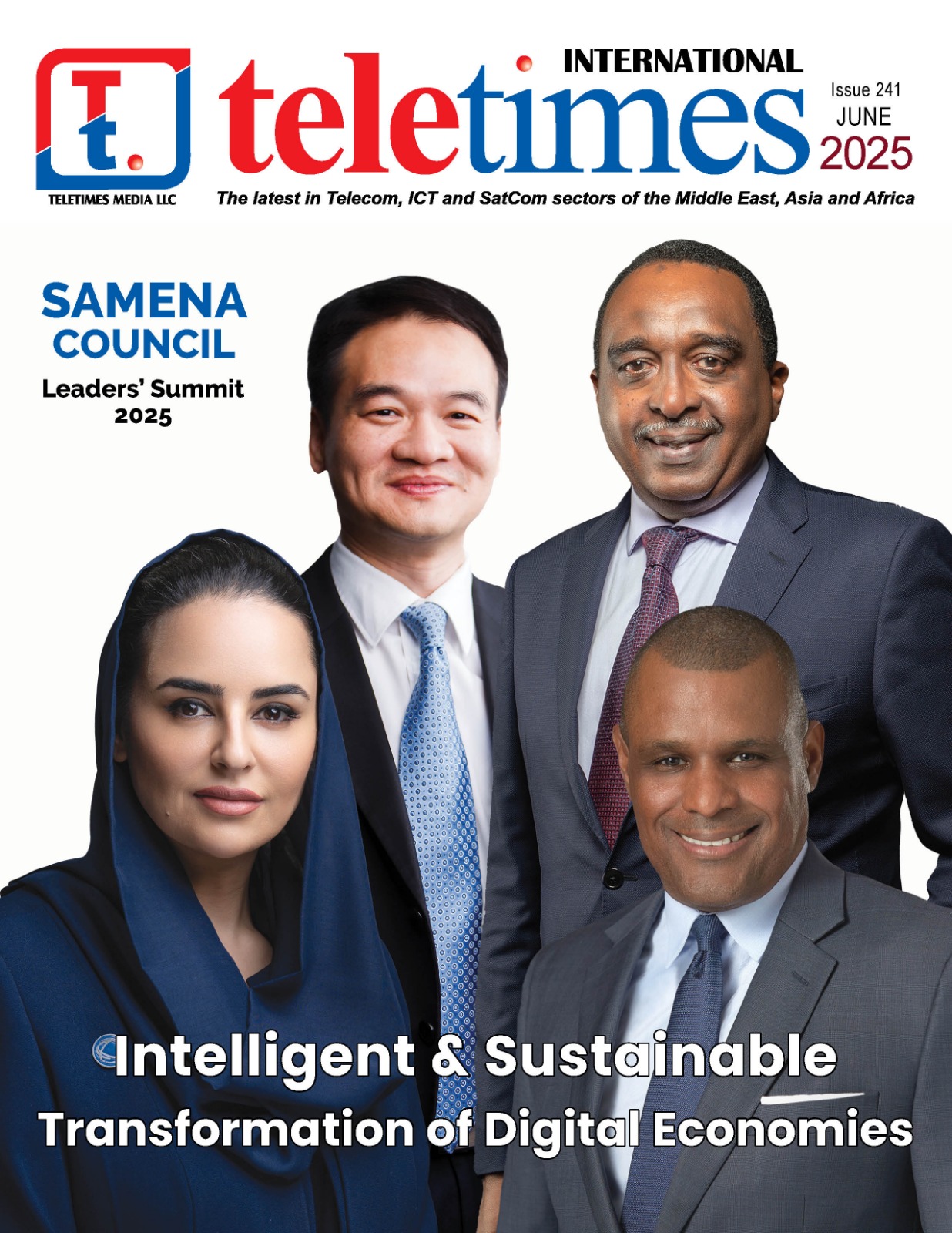The technology landscape across the Middle East and Central Asia is experiencing a pivotal transformation, with artificial intelligence emerging as the cornerstone of digital evolution. At the forefront of this change stands Huawei, whose recent Tech Carnival & Partner Summit in Tashkent, Uzbekistan, demonstrated the company’s comprehensive approach to driving intelligent infrastructure development across the region.
The Huawei Cloud TechWave Summit 2025, held as part of the Tech Carnival, brought together technology leaders and industry experts in Tashkent under the broader theme “Accelerate Intelligence, Amplify Success.” Phillip Gan, Senior Vice President of Huawei and President of Huawei Middle East and Central Asia Region, said, “Over the past 30 years, we’ve witnessed three major technological shifts — from All IP to All Cloud, and now to All Intelligence. We aim to leverage Huawei’s expertise in ICT to help global customers and partners seize this strategic opportunity and jointly drive intelligent transformation across industries in ME&CA.”
This evolution from cloud-native to AI-native represents a fundamental reimagining of how digital infrastructure can serve as an economic catalyst. In today’s hypercompetitive landscape, the velocity of AI implementation has become as critical as the technology itself—a reality that the Tech Carnival “Accelerate Intelligence, Amplify Success” directly addresses. According to Huawei’s Global Digitalization Index, every dollar invested in digital infrastructure generates $8.3 in digital economic output, demonstrating how intelligent acceleration creates compounding returns rather than linear improvements.
Industry leaders explored how AI-driven cloud solutions are transforming industries across the region, with Sean Xiao, Vice President of Huawei Cloud and President of Huawei Hybrid Cloud, emphasizing the critical role of cloud technology in the AI era.
An example of this is Huawei Xinghe Intelligent Network solutions. Unlike conventional approaches that merely add AI components to existing systems, this integrated solution spans from cloud platforms to network infrastructure, creating a rapid, enterprise-wide integration that defines true intelligent acceleration.
The Xinghe portfolio demonstrates strength across four key areas. The Intelligent Campus solution features industry-first Wi-Fi Shield technology using AI signal scrambling for physical-layer encryption, ensuring zero data leakage while maintaining sub-100ms latency for critical applications. In practical deployment, a Middle Eastern health ministry achieved 50% higher wireless concurrency with consistently smooth audio and video services.
For wide area networks, Huawei’s Intelligent WAN offers sector-specific innovations, including an AI delay compensation algorithm that reduces two-way delay differences to just 3 microseconds—a twenty-fold improvement over traditional SDH networks. This precision proves crucial for energy sector relay protection services and government applications, where a Middle Eastern customer reported over 20% improvement in work efficiency through omission-free application awareness.
Cloud Infrastructure and Global Reach
Complementing the network solutions, Huawei Cloud’s evolution showcases how intelligent momentum—the ability to rapidly deploy AI capabilities while scaling their impact across entire business ecosystems—translates into practical infrastructure. The KooVerse platform now encompasses 96 availability zones across 33 regions, delivering service coverage to more than 170 countries. This global infrastructure supports Huawei Cloud Stack’s end-to-end AI development platform, which accommodates over 30 popular AI foundation models, including both third-party solutions like DeepSeek and Huawei’s proprietary Pangu models. This approach embodies the strategic convergence of speed and scale, where today’s AI investments become the foundation for tomorrow’s breakthrough innovations.
At the Summit, the host nation demonstrated how Digital Uzbekistan 2030, the country’s comprehensive digitization strategy, leverages Huawei Cloud technology to establish secure, reliable national government cloud infrastructure. Asliddin A. R., Head of the Data Center Systems Monitoring Department of the Digital Government Projects Management Center, highlighted how Huawei Cloud KooGallery bridges global expertise with local business excellence. Similarly, healthcare technology company Waseel has redefined its service delivery through Huawei’s cloud-native architecture, achieving enhanced security, serverless optimization, and comprehensive operations management.
Strategic Partnership and Talent Development
Beyond technological evolution, Huawei’s regional approach emphasizes sustainable ecosystem development that amplifies success across the entire digital value chain. The company has established ICT academies within local universities, training thousands of digital professionals annually. Through the “T.H.E Gold Talent Program,” Huawei aims to cultivate one million digital talents across the Middle East and Central Asia, recognizing that in the AI economy, competitive advantage isn’t built through careful, measured steps but through bold, intelligent leaps that create new categories of value.
This commitment to human capital development aligns with Huawei’s five-pillar framework for successful digital transformation: connectivity, computing, cloud platforms, green growth, and ecosystem prosperity. Each pillar reinforces the others, creating a comprehensive foundation for sustained intelligent transformation.
Future Outlook and Regional Impact
The convergence of AI-powered networks, comprehensive cloud platforms, and strategic talent development positions the Middle East and Central Asia for significant technological advancement. Countries across the region are increasingly embracing intelligence as a national strategy, creating substantial opportunities for organizations that can effectively harness these technologies. Huawei’s “Cloud for Good” initiative further demonstrates the company’s commitment to positive societal impact, prioritizing education advancement, environmental protection, healthcare improvement, and social inclusion. This holistic approach ensures that technological progress serves broader social objectives while maintaining commercial viability.












